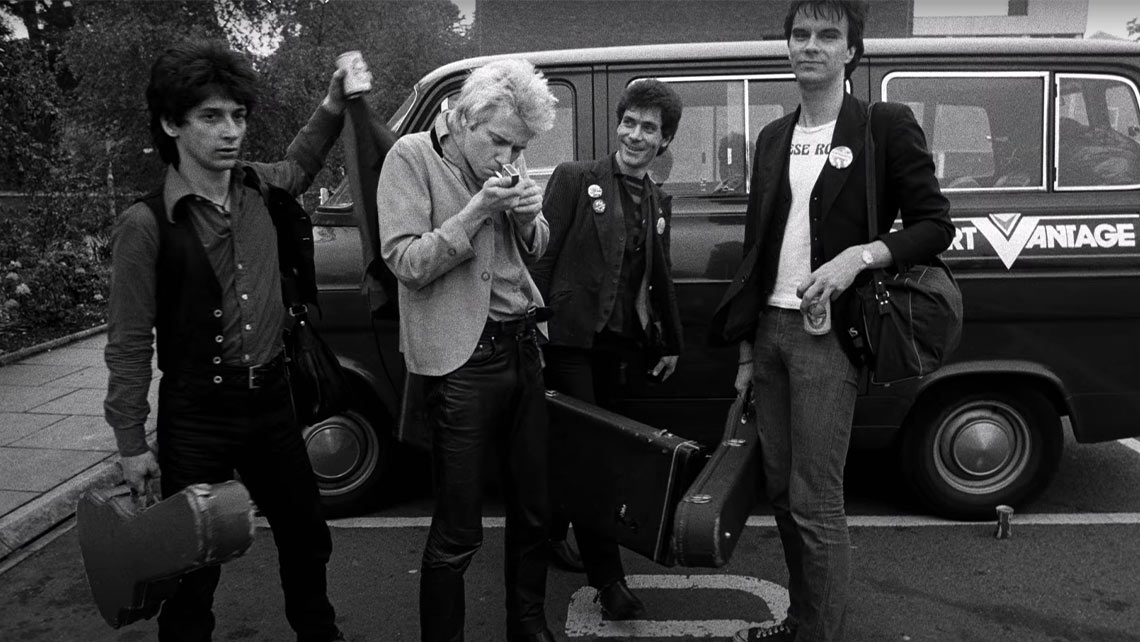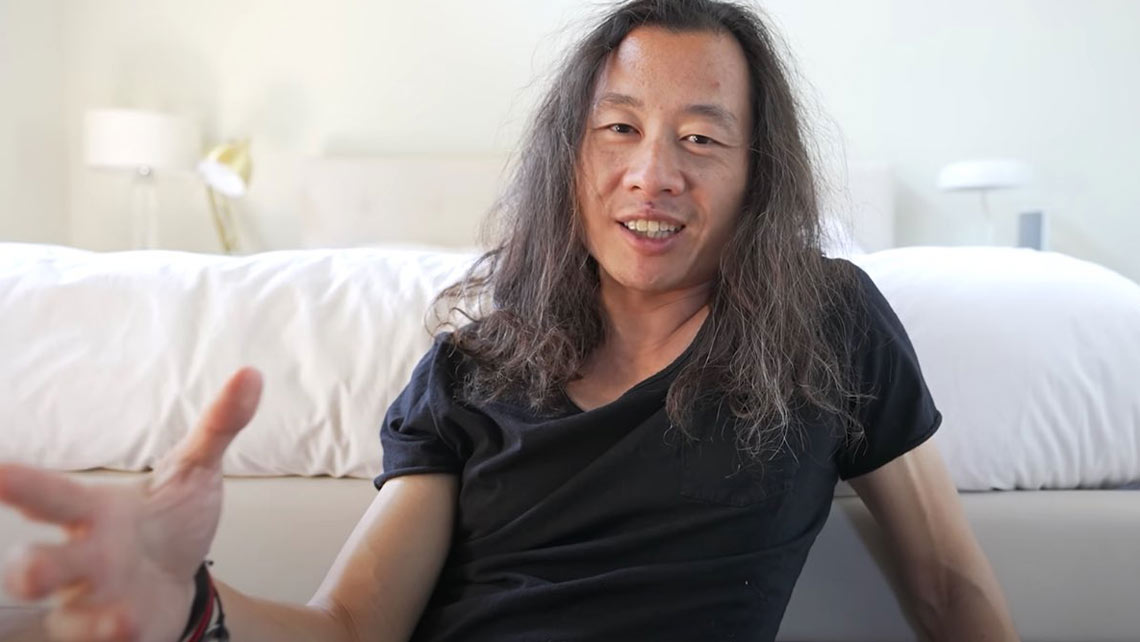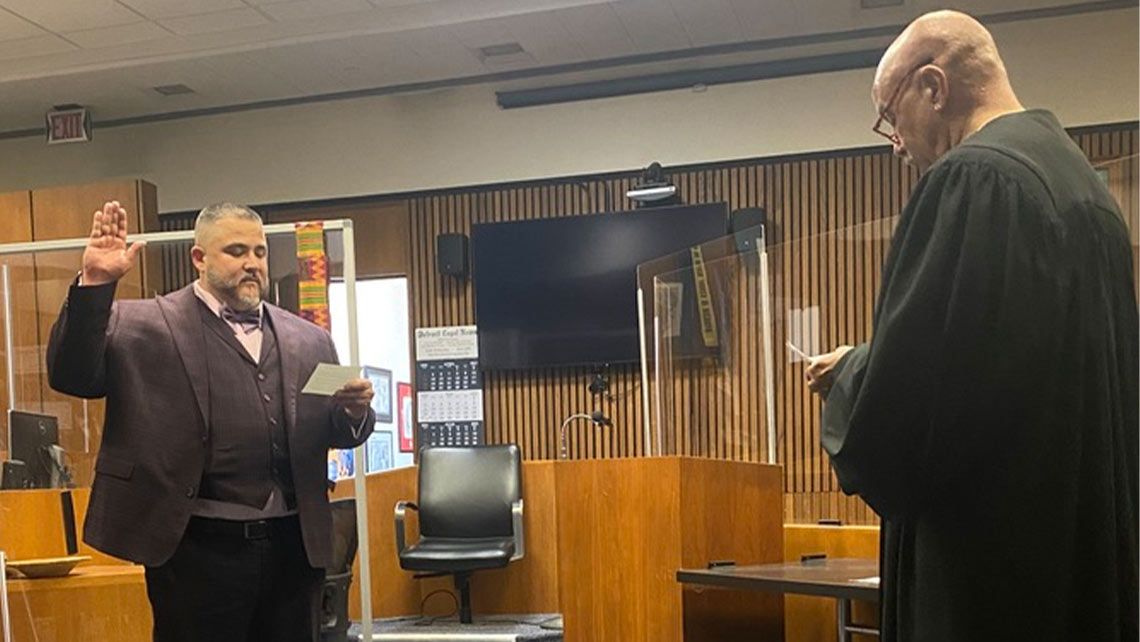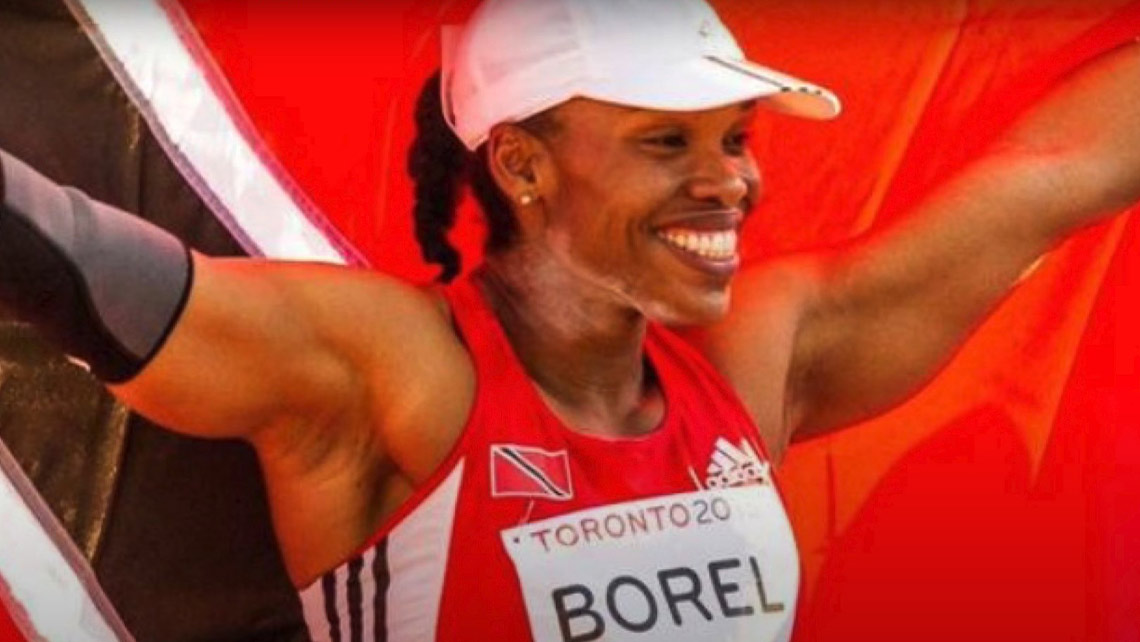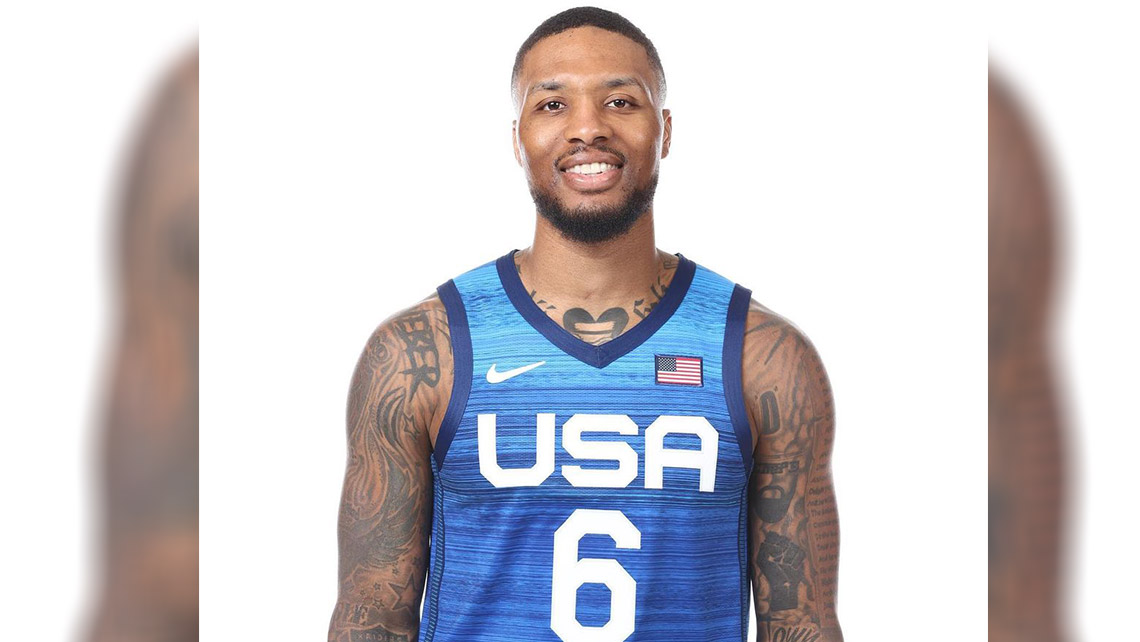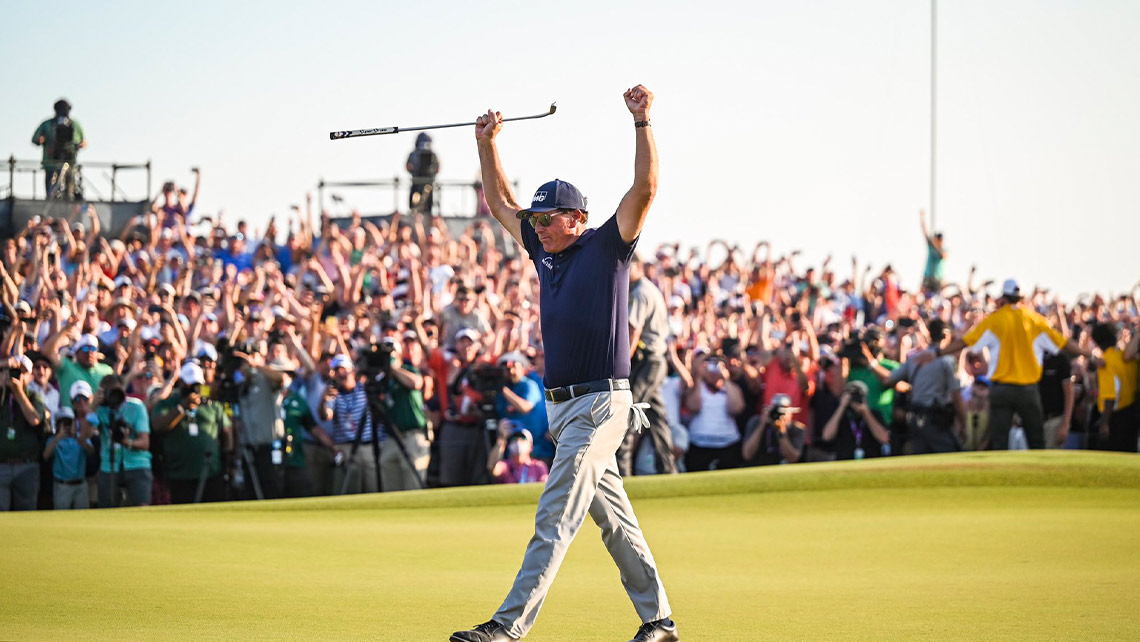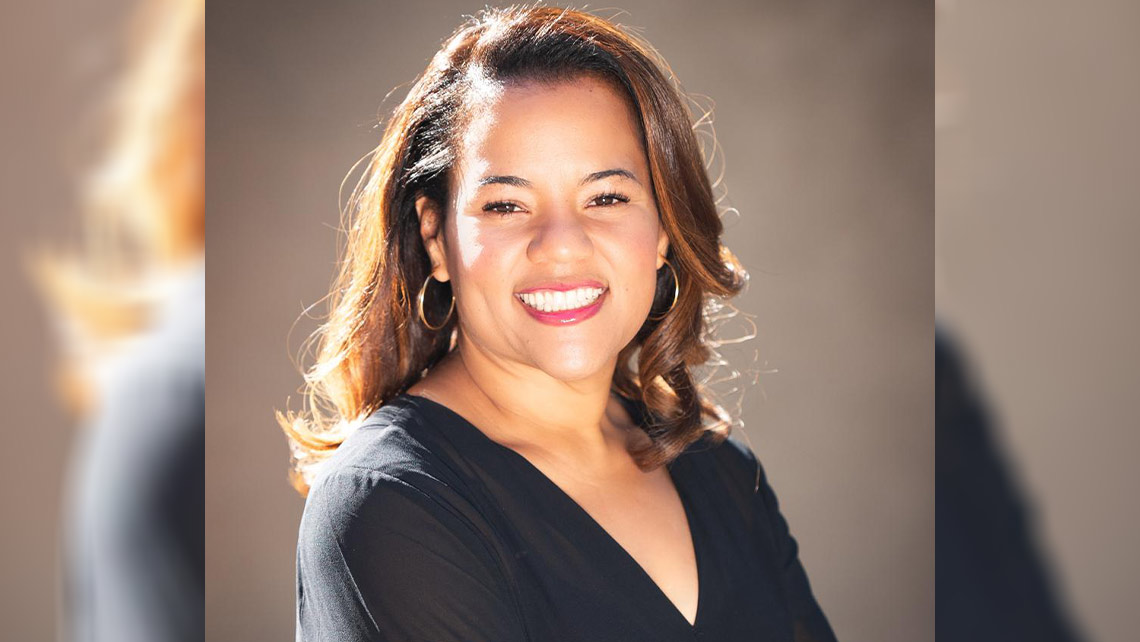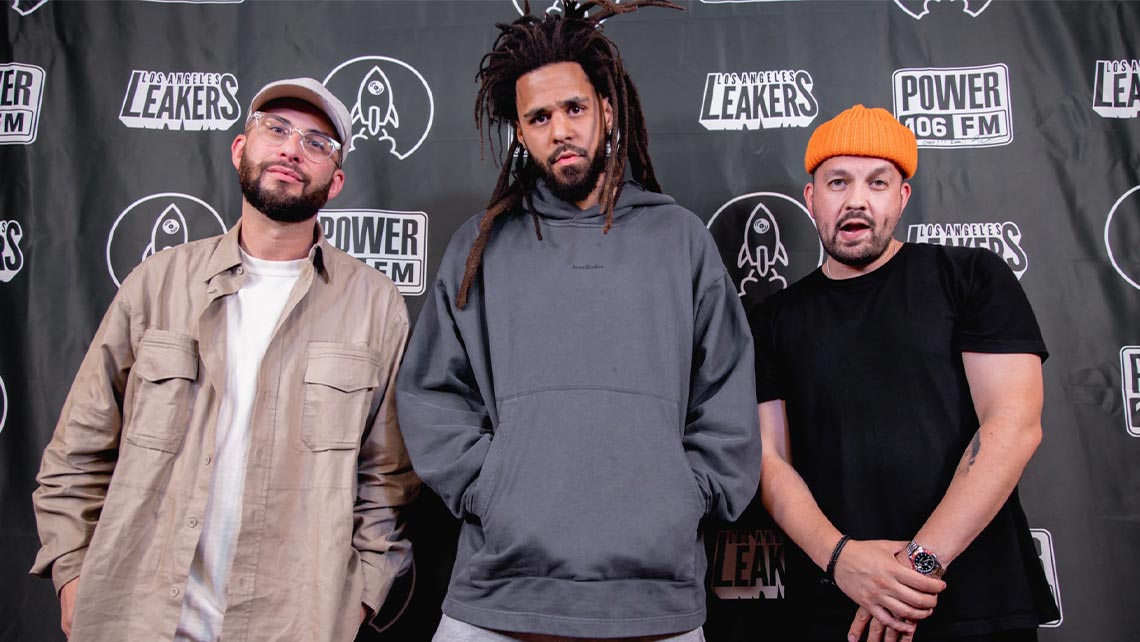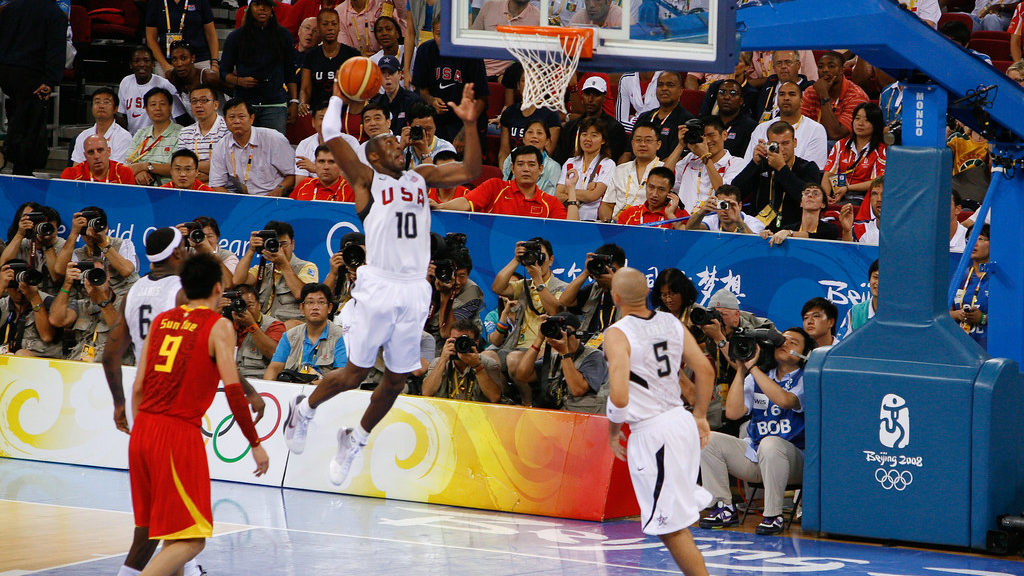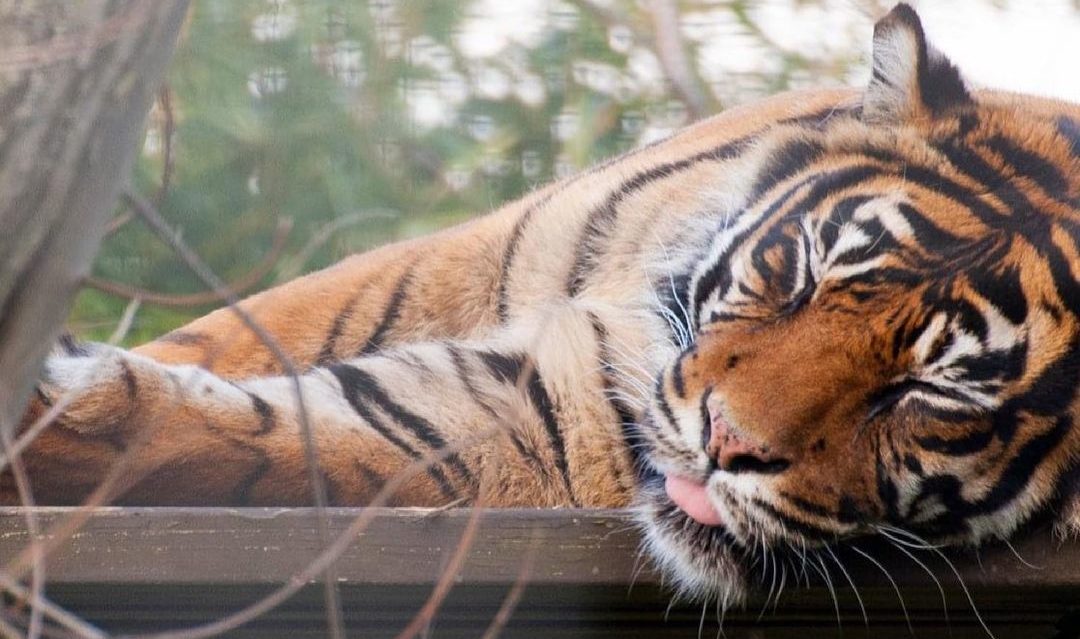When you hear the phrase “rock star,” it probably brings to mind impressive stage shows, private jets, and lavish backstage spreads.
And for legacy rock bands like U2, Aerosmith, and the Red Hot Chili Peppers, that’s undoubtedly true. But a new documentary, directed by Dave Grohl of the Foo Fighters, looks back at those bands’ humble beginnings.
It’s called What Drives Us, and at first glance, it’s a documentary about touring; about what it’s like for four-plus people to live out of a van that also has to fit all of your equipment. But it’s also about what drove these bands to push past those struggles, and what inspired them to pursue a career in music in the first place.
You hear, for example, about (Chili Peppers’ bassist) Flea taking up the trumpet as a kid because it kept him out of the house, and away from his abusive stepdad. And AC/DC’s Brian Johnson explains that there were just two ways out of the small English town he was born in: either you were good enough to play pro soccer, or you became a musician.
What Drives Us covers a lot of ground. There are interviews with Ringo Starr, with Lars Ulrigh of Metallica, with Slash and Duff McKagan of Guns ‘N Roses – plus about a dozen other bands ranging from No Doubt to post-hardcore band Fugazi. And the always-reflective Grohl does a nice job of tying all these stories together.
“There’s no guarantee that it will ever pay off,” he says about crossing the country and playing shows every night. “The reward has to be the experience.”


